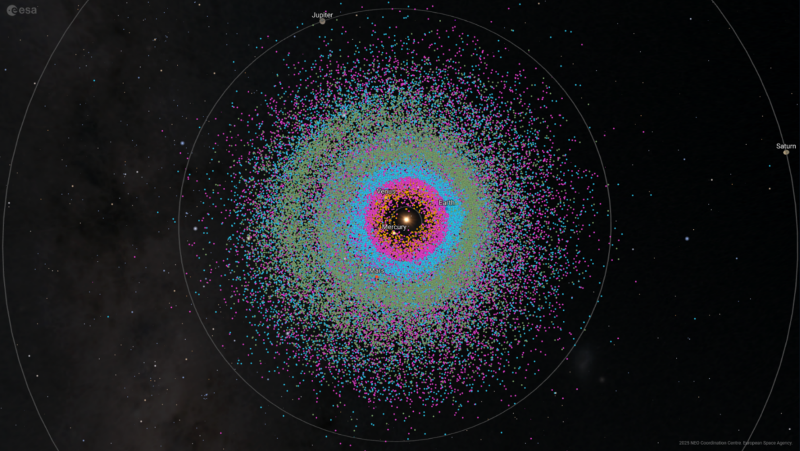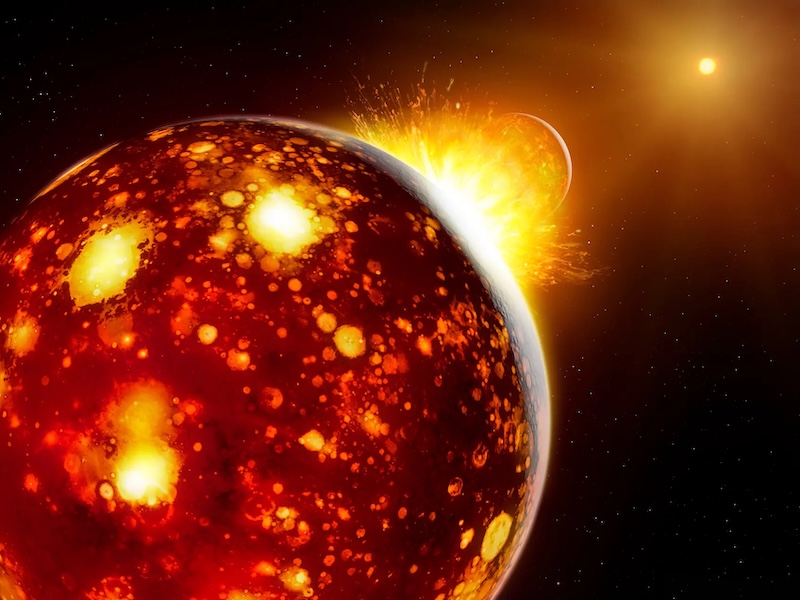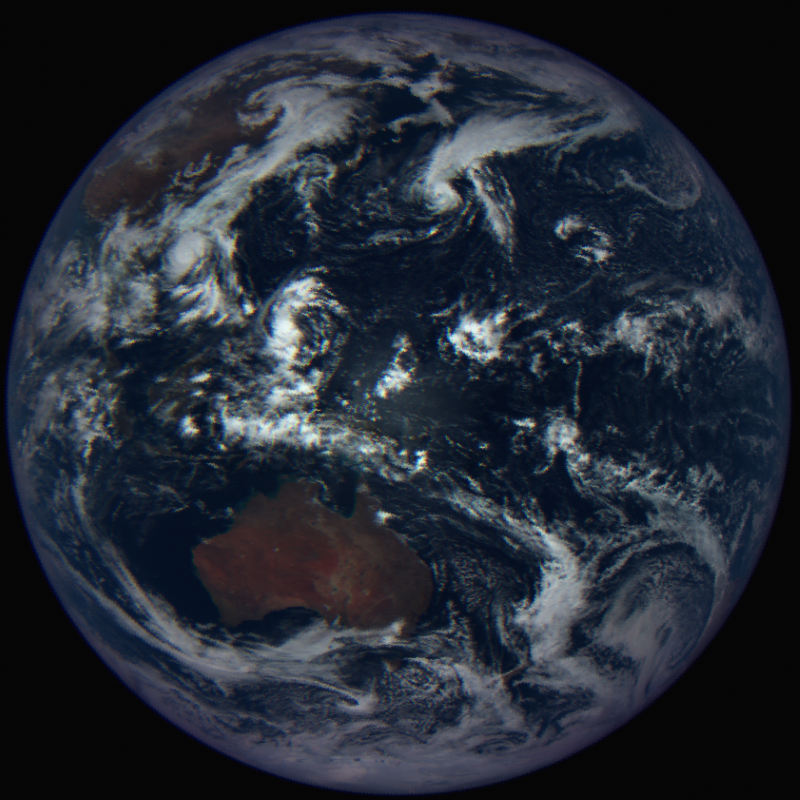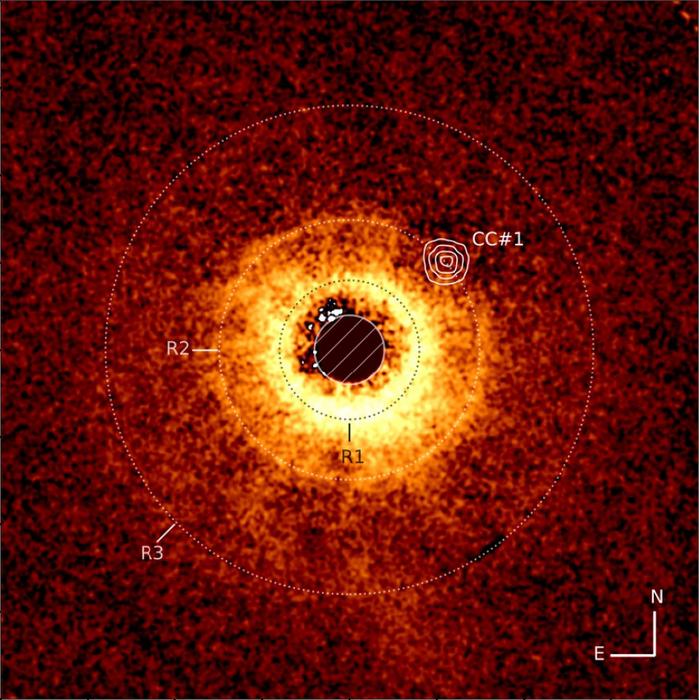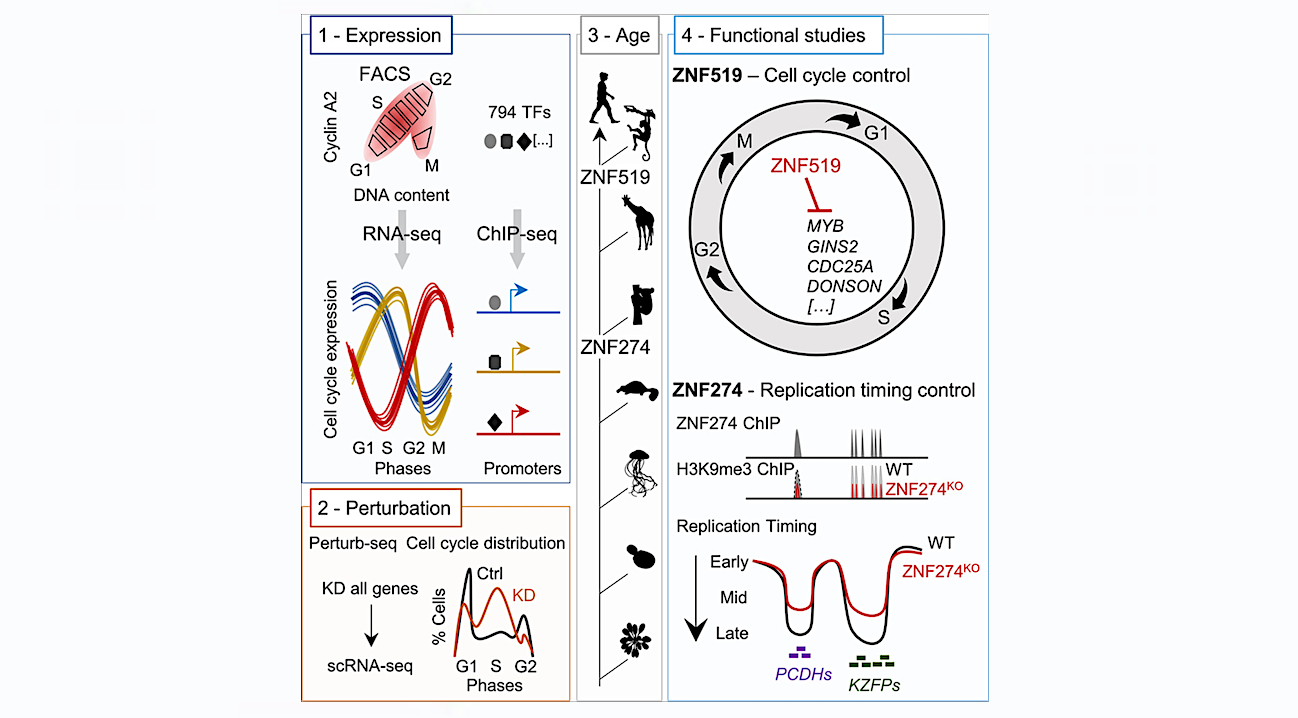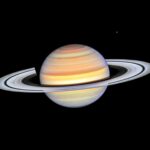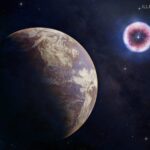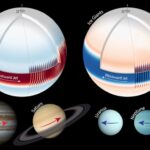Now Reading: Webb finds 1st exoplanet lurking near young star
-
01
Webb finds 1st exoplanet lurking near young star
Webb finds 1st exoplanet lurking near young star


- The James Webb Space Telescope has discovered and directly imaged its first exoplanet. It’s the first one Webb has found that other telescopes hadn’t previously found.
- The planet, TWA 7 b (labeled as CC #1 on the image above), has about the same mass as Saturn and is 111 light-years away. It’s the least massive exoplanet imaged so far.
- The discovery is a significant step toward astronomers being able to image even smaller and less massive exoplanets.
Webb discovers its 1st exoplanet
NASA’s James Webb Space Telescope has studied a growing number of exoplanets, or planets that orbit other stars. Now, it has discovered its first exoplanet and directly imaged it. Researchers with the National Centre for Scientific Research (CNRS) in France – led by Anne-Marie Lagrange – said on June 25, 2025, that Webb found the planet in the circumstellar disk of a young star called TWA 7 (aka CE Antliae), about 111 light-years from Earth. This is the first time Webb has discovered a new exoplanet as opposed to observing previously discovered ones. This is also the least massive planet that astronomers have directly imaged so far.
Webb used its Mid-Infrared Instrument (MIRI) to find the planet.
With a mass similar to Saturn, the new exoplanet – dubbed TWA 7 b – is 10 times less massive than any previously imaged exoplanet. The discovery is a significant step toward being able to image even less massive and smaller exoplanets in the future.
The researchers published the peer-reviewed details of the discovery in Nature on June 25, 2025.
Young exoplanet is least massive imaged so far
Webb has observed many different exoplanets since it began its mission in 2022. But that focus has been on those previously discovered by other telescopes. Now the Webb has snagged its own first exoplanet, TWA 7 b. The planet orbits the young red dwarf star TWA 7 (aka CE Antliae), which is about 111 light-years from Earth in the constellation Antlia. Astronomers first discovered the star in 1999.
Since the star is only a few million years old, it still has a circumstellar disk of gas and dust surrounding it. It is in those disks that planets are born. The researchers looked for signs of possible planets forming in the disk of TWA 7, and they found one.
The planet’s mass is similar to that of Saturn, and it’s 10 times less massive than any exoplanet previously detected in direct images. Of course, as it so far away, it still just looks like a bright dot, even in Webb images.

Seeing the disk from above
As with some other circumstellar disks, this one is facing toward us, so Webb sees the full disk “from above.” Also, the disk around TWA 7 has three distinct concentric rings in it. Astronomers said that such rings form as a result of the gravitational influence of newly forming planets. The suspected planet also has a clear space around it within the ring that it resides in. This is consistent with a planet forming and sweeping up material in its vicinity. That, in turn, suggests this is truly a planet and not a background star or galaxy.
The researchers used computer simulations to try to further determine if TWA 7 b was really a planet. These simulations helped confirm the thin ring in the circumstellar disk that the planet is in, as well as the “hole” in the disk at the exact location of the suspected planet. This again supports TWA 7 b being a real planet.
The planet is still young and forming as material from the circumstellar disk coalesces together. As a result, it appears brighter (hotter) in mid-infrared images than older planets do.

The Hubble Space Telescope first imaged the circumstellar disk of TWA 7 in scattered light in 1998. Reprocessing of the data in 2016 helped to reveal the details of the disk itself.
Imaging smaller and less massive planets
The discovery proves that Webb is well-suited for finding exoplanets. TWA 7 b has a mass approximately 30% that of Jupiter, or similar to Saturn. The researchers said Webb should be able to find and image planets with only 10% the mass of Jupiter. That would be a big step toward imaging even smaller, rocky planets about the size of Earth. We already know they exist from detections made by other telescopes, but directly imaging them is still a challenge. The two most-used techniques are the transit method and radial velocity.
Bottom line: NASA’s James Webb Space Telescope has discovered its first exoplanet. TWA 7 b orbits a red dwarf star 111 light-years away and has a mass similar to Saturn.
Source: Evidence for a sub-Jovian planet in the young TWA7 disk
Source (preprint): Evidence for a sub-jovian planet in the young TWA7 disk
Via National Centre for Scientific Research
The post Webb finds 1st exoplanet lurking near young star first appeared on EarthSky.
Stay Informed With the Latest & Most Important News
Previous Post
Next Post
-
 012024 in Review: Highlights from NASA in Silicon Valley
012024 in Review: Highlights from NASA in Silicon Valley -
 02Panasonic Leica Summilux DG 15mm f/1.7 ASPH review
02Panasonic Leica Summilux DG 15mm f/1.7 ASPH review -
 03How New NASA, India Earth Satellite NISAR Will See Earth
03How New NASA, India Earth Satellite NISAR Will See Earth -
 04And Thus Begins A New Year For Life On Earth
04And Thus Begins A New Year For Life On Earth -
 05Astronomy Activation Ambassadors: A New Era
05Astronomy Activation Ambassadors: A New Era -
06SpaceX launch surge helps set new global launch record in 2024
-
 07Space Force plans new ‘Futures Command’ amid pressure to speed up modernization
07Space Force plans new ‘Futures Command’ amid pressure to speed up modernization












